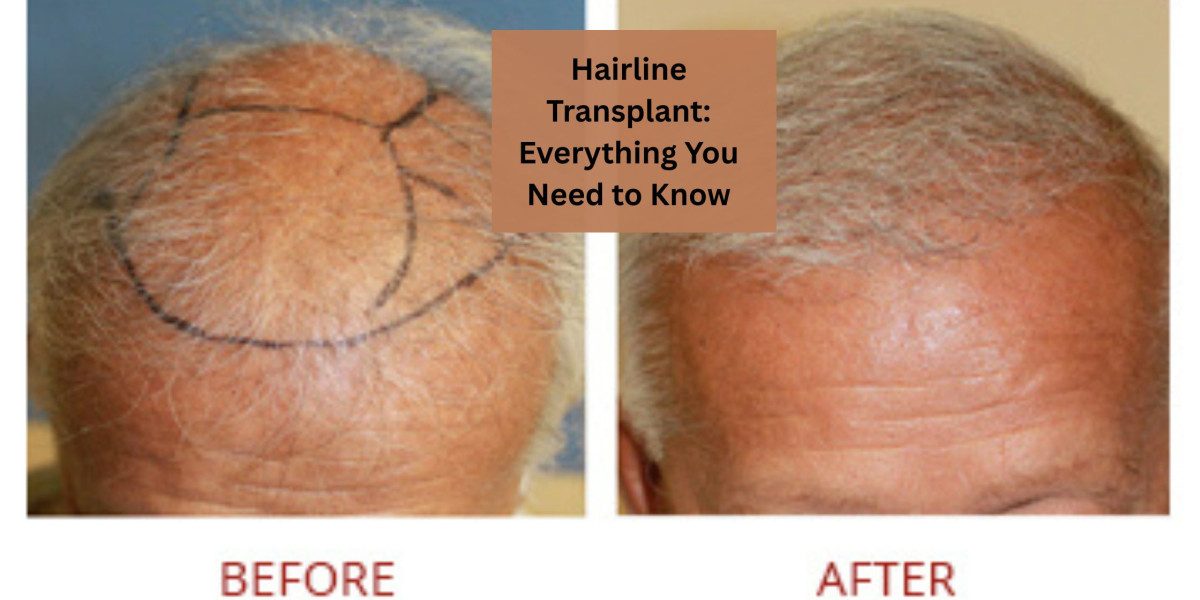A receding or uneven hairline can significantly affect one's appearance and confidence. For many people, a youthful and well-shaped hairline frames the face and contributes to an overall balanced aesthetic. A hairline transplant is a surgical solution designed to restore a natural-looking hairline tailored to your facial proportions. If you're considering this procedure, here's everything you need to know before making a decision.
What Is a Hairline Transplant?
A hairline transplant is a specialized hair restoration procedure designed to reconstruct and enhance the frontal hairline using your natural hair follicles. Unlike full scalp transplants, this procedure focuses specifically on the area above the forehead—typically the first to show signs of thinning or recession. This treatment is ideal for men and women who want to correct unevenness, lower a high hairline, or reverse the effects of hair loss. In places like Palm Desert, where the climate is dry and sunny, maintaining a natural and youthful appearance is important to many residents.
Types of Hairline Transplant Techniques
There are two primary methods used in hairline transplant surgery: FUT (Follicular Unit Transplantation) and FUE (Follicular Unit Extraction).
- FUT involves removing a thin stripe of the scalp from the donor region, dissecting it into individual grafts, and transplanting them into the hairline.
- FUE involves extracting each hair follicle individually and implanting them directly into the hairline area.
While FUT allows for more grafts in one session, FUE leaves minimal scarring and offers a faster recovery time. Both techniques can deliver natural-looking results when performed by an experienced surgeon.
Initial Consultation and Planning
A thorough consultation is a crucial first step before undergoing hairline surgery. In this process, the surgeon carefully examines your hair density, growth direction, and scalp flexibility to determine the most effective approach for your hairline surgery. They will work with you to design a natural and aesthetically pleasing hairline that matches your facial features. Additionally, the consultation includes a review of your medical history to ensure you're a suitable candidate. Realistic expectations are necessary for a successful hairline transplant, and your surgeon will describe what kind of outcomes are possible given your body.
Step-by-Step Procedure
On the day of the hairline transplant, the process begins with prepping the donor area. Depending on the chosen method, FUE & FUT, the surgeon will extract hair grafts from the back or sides of your head. Once harvested, each follicular unit is carefully prepared and strategically implanted along the designed hairline. Attention is given to the angle, direction, and density of each graft to ensure a natural appearance. The procedure usually lasts between 4 to 8 hours and is carried out under local anesthesia, allowing patients to stay awake and comfortable the entire time.
Recovery and Aftercare
Recovery is typically simple following a hair transplant. The treated areas may exhibit slight redness or swelling, but this normally resolves within a few days. Each graft will develop tiny scabs that usually disappear within seven to ten days. Post-procedure care includes avoiding strenuous activity, sun exposure, and washing the hair with strong pressure. Following your surgeon's aftercare instructions is crucial for optimal healing and hair growth.
Results and Timeline
Early results from a hairline transplant may become visible within a few months, while the complete outcome typically takes 9 to 12 months to appear fully. Transplanted hairs are usually shed within the first few weeks before new growth begins. The result is a permanent, natural-looking hairline that continues to grow like your normal hair. Because your hair follicles are used, the texture and appearance seamlessly blend with your existing hair.
Risks and Considerations
As with any surgical procedure, a hairline transplant comes with potential risks, including infection, temporary numbness, or uneven growth. Choosing a surgeon with a great deal of experience and skill is the best way to minimize these risks. Patients should also understand that some density loss in surrounding native hair may occur over time. Additional sessions may be needed to maintain long-term fullness.
Cost of Hairline Transplant
The hairline transplant cost varies depending on several factors: the number of grafts needed, the chosen technique (FUE or FUT), and the clinic's location. The procedure typically ranges in cost from $4,000 to $20,000. Clinics in high-end areas, such as Palm Desert, may fall on the higher end of that spectrum, but many patients find the investment worthwhile due to the long-lasting, natural results.
Conclusion
A hairline transplant is a revolutionary treatment that can dramatically improve your face and boost your self-esteem. Whether you're looking to lower a high hairline, restore symmetry, or combat early-stage hair loss, understanding the entire process—from consultation to recovery—helps ensure the best outcome. With proper planning and expert care, the results can be natural, permanent, and life-changing. If you're considering a hairline transplant in Palm Desert, we highly recommend scheduling a consultation with Beverly Hills Hair Restoration. Their expert team offers precision-based, artistically tailored hairline restoration, delivering exceptional results.







